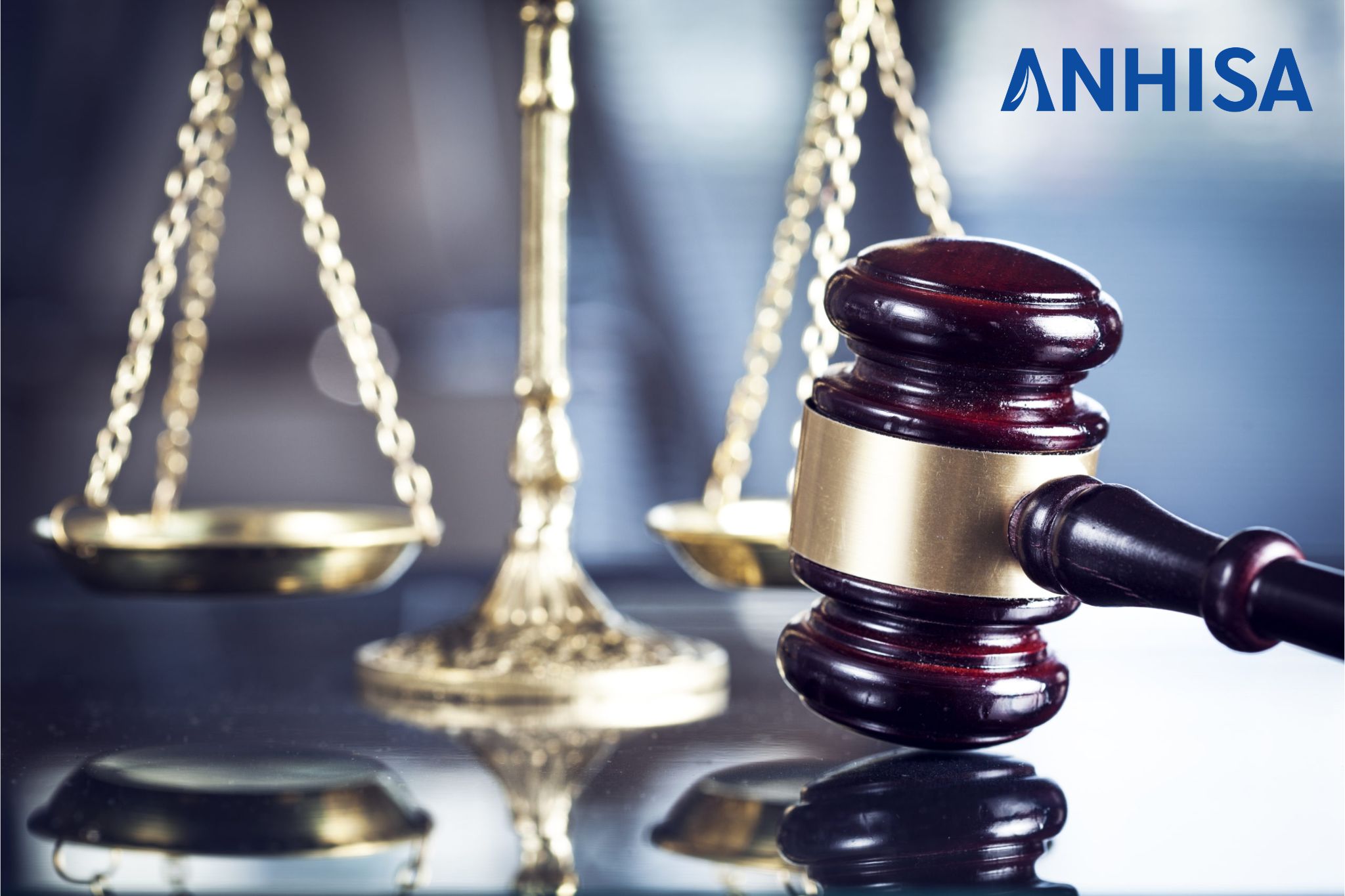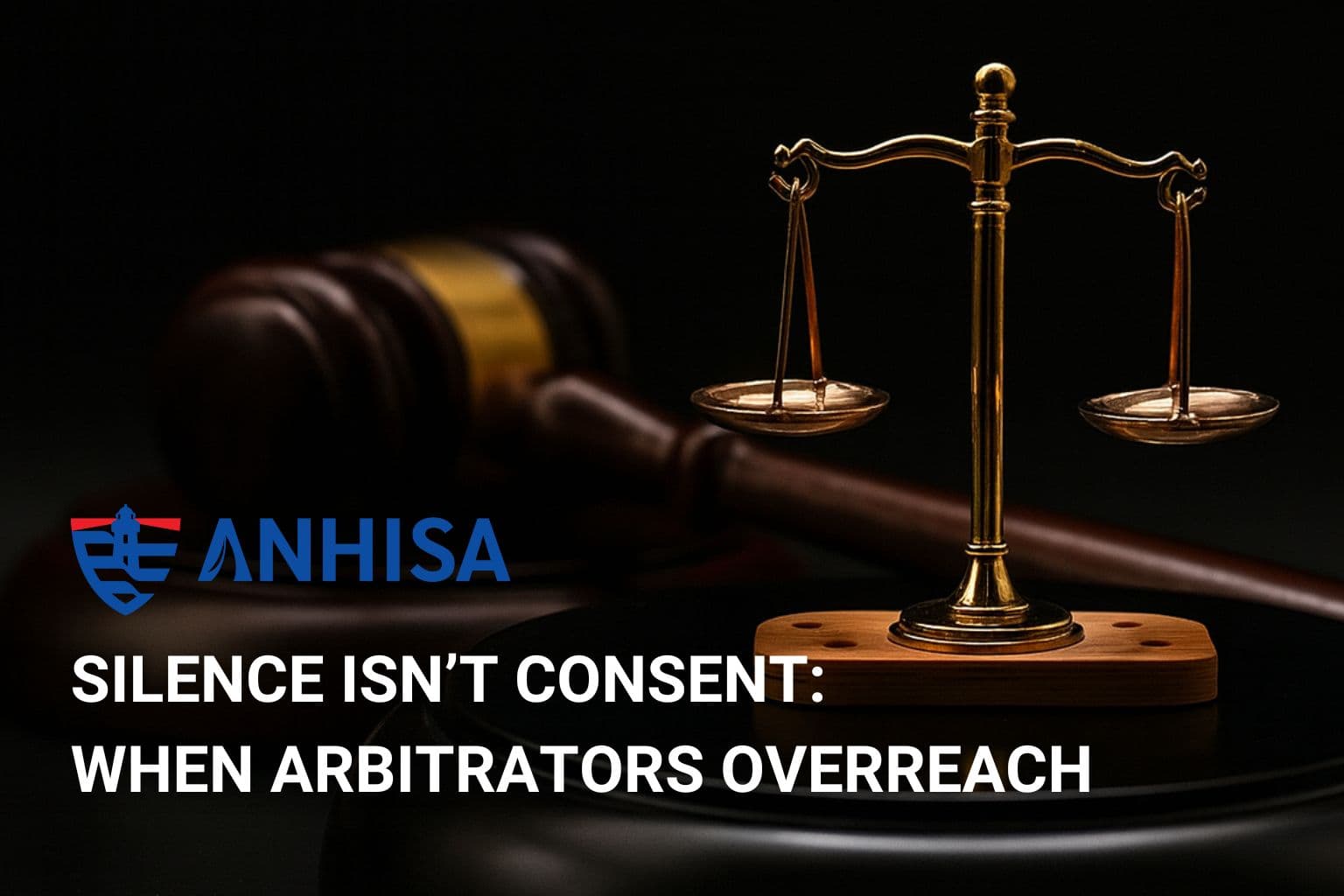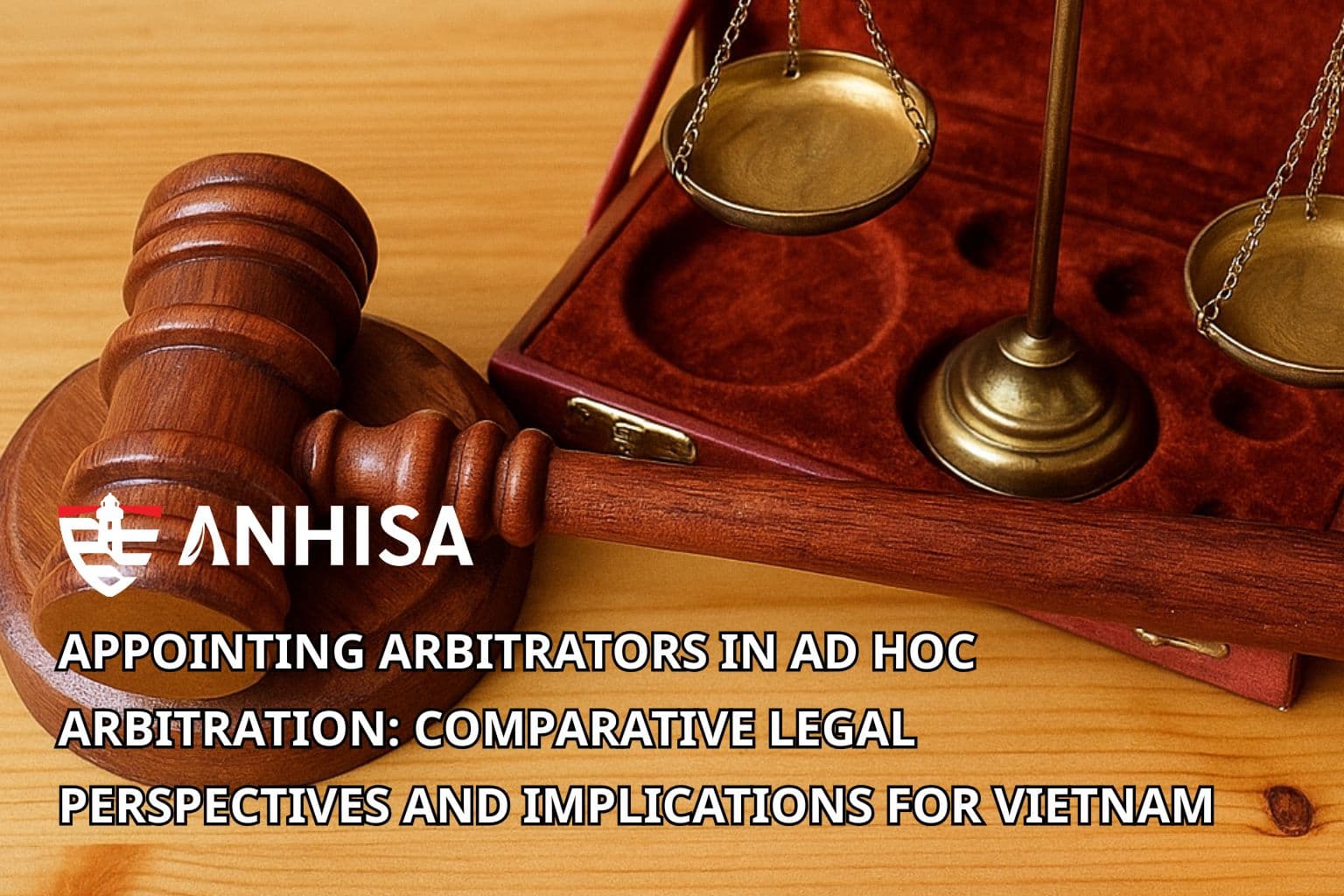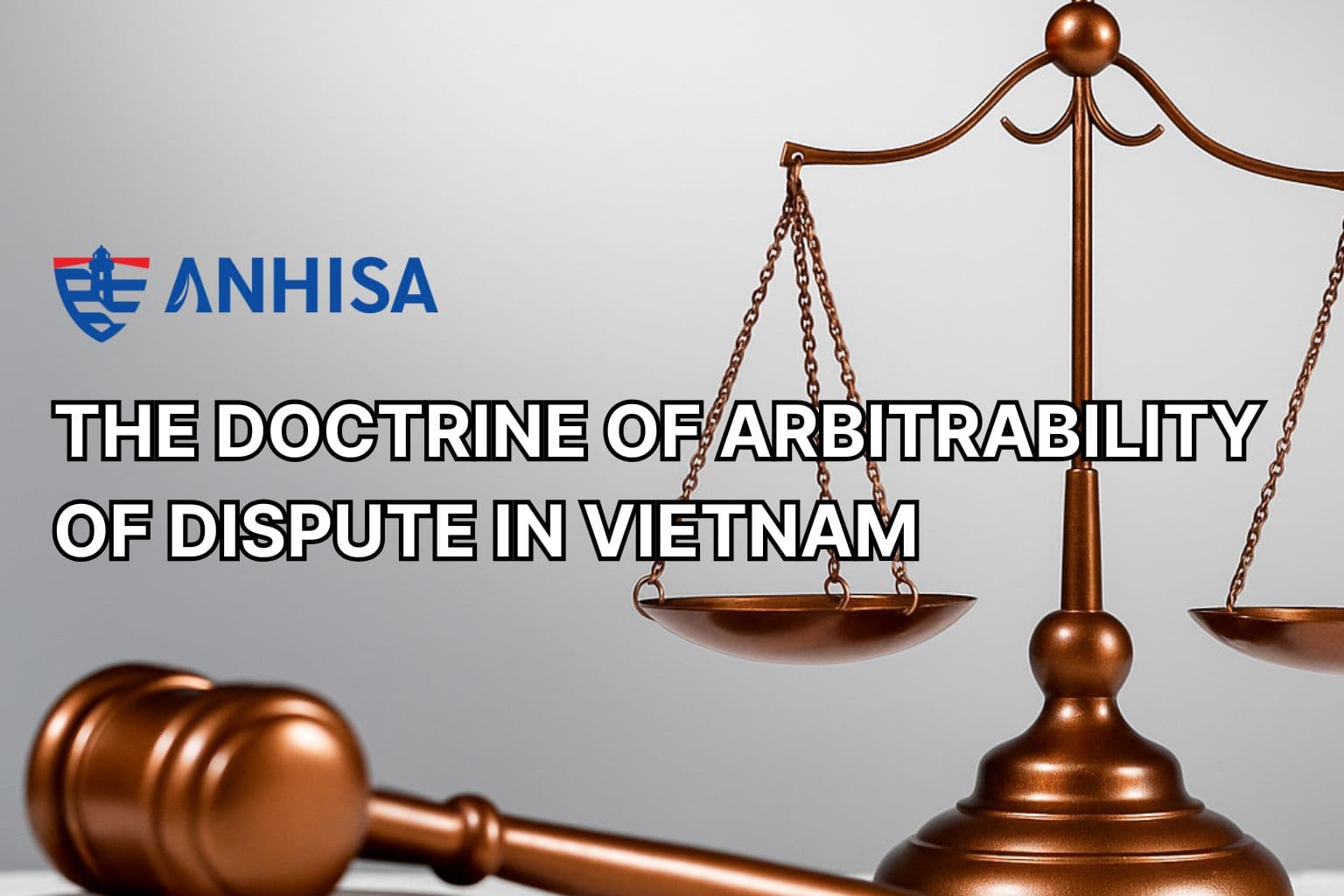[A SERIES OF ARBITRATION NOTES] EPISODE 11 | Active Promotion of Mediation Under the SIAC Rules 2025 – Rules 32.4 and 50.2
April 17, 2025
Abstract: The Singapore International Arbitration Centre (SIAC) has unveiled its 2025 Rules, introducing significant advancements aimed at enhancing the efficiency and flexibility of arbitration. Notably, Rules 32.4 and 50.2 actively promote the use of mediation as a complementary dispute resolution mechanism. These provisions reflect a growing international trend toward integrating mediation within arbitration frameworks, offering parties a cost-effective and amicable means of resolving disputes. This article explores the content and significance of these rules, their alignment with global practices, and their potential impact on the future of international arbitration among theoretical perspectives on mediation.
Understanding Rules 32.4 of SIAC Rules 2025
Rule 32.4 of the SIAC Rules 2025 empowers arbitral tribunals to invite parties to consider mediation at any stage of the arbitration proceedings.
QUOTE
32. Conduct of the Proceedings
32.4 As soon as practicable after the constitution of the Tribunal, the Tribunal shall convene a first case management conference with the parties to discuss the procedures that will be most appropriate and efficient for the case. At the first case management conference, the Tribunal may additionally consult with the parties on:
(a) the potential for the settlement of all or part of the dispute, including through the adoption of amicable dispute resolution methods such as mediation under the SIAC-SIMC AMA Protocol; and
(b) whether it would be appropriate to adopt environmentally sustainable procedures for the arbitration.
UNQUOTE
The introduction of mediation and the SIAC-SIMC AMA Protocol in the SIAC arbitration rules marks a significant development. Rule 32.4 of the SIAC Rules 2025 is a new provision compared to its predecessor, Rule 19 of the SIAC Rules 2016[1], and represents the first time mediation has been explicitly referenced in SIAC’s arbitration rules.
Although the SIAC-SIMC AMA Protocol was introduced as an attachment to the SIAC Rules 2016[2], mediation itself was not mentioned in the core arbitration rules (from Rule 1 to Rule 40 of SIAC Rules 2016). The explicit incorporation of the SIAC-SIMC AMA Protocol in the SIAC Rules 2025 underscores SIAC’s commitment to promoting amicable dispute resolution methods, particularly mediation.
With this introduction, the opportunities for mediation under the SIAC-SIMC AMA Protocol have expanded significantly, providing parties with greater access to the mediation process.
First, mediation – especially under the SIAC-SIMC AMA Protocol – is now introduced to parties by arbitral tribunals themselves. The tribunal, being intimately familiar with the dispute, is in an ideal position to encourage parties to consider a more constructive resolution method rather than proceeding with adversarial arbitration.
Second, mediation conducted within the SIAC-SIMC AMA framework offers parties a high level of assurance, with a secure, confidential, and structured process overseen by established institutions.
Third, the fact that mediation is proposed at a very early stage – during the first case management conference (CMC) – underscores its significance. By introducing mediation at this procedural juncture, SIAC enhances the likelihood of early dispute resolution, saving parties considerable time and costs.

Rule 32.4 of SIAC Rules 2025 has introduced a structured framework for mediation within ongoing arbitration proceedings. Unlike traditional arbitration rules, which treat mediation as a separate and optional process, this provision empowers the arbitral tribunal to actively encourage parties to consider mediation at any stage of the dispute.
If the parties agree to grant the arbitral tribunal such authority, the tribunal may propose mediation either on its own initiative or at the request of a party, ensuring that settlement discussions are not overlooked.
Not to mention, all discussions held during mediation remain confidential and without prejudice, meaning they cannot be used against a party if mediation fails and arbitration resumes. This rule acknowledges the benefits of mediation in fostering settlements and reducing costs. It ensures that parties remain aware of the option to mediate even after initiating arbitration, reinforcing SIAC’s commitment to alternative dispute resolution.
Understanding Rule 50.2 of SIAC Rules 2025
Rule 50.2 of SIAC Rules 2025, specifically Rule 50.2(l) introduces provisions that facilitate the seamless transition between arbitration and mediation, a clear pathway for parties to engage in mediation before or during arbitration.
QUOTE
50. Additional Powers of the Tribunal
50.2 In addition to the other powers specified in these Rules, unless otherwise agreed by the parties or prohibited by the mandatory rules of any applicable law, the Tribunal shall have the power to:
[…]
(l) make any necessary directions, including a suspension of proceedings, for the parties to adopt any amicable dispute resolution methods such as mediation under the SIAC-SIMC AMA Protocol; and
UNQUOTE
Article 50.2(l) of the SIAC Rules 2025 represents a significant advancement in the active promotion of mediation within arbitration proceedings. By expressly granting tribunals the power to direct parties toward amicable dispute resolution methods, including mediation under the SIAC-SIMC AMA Protocol, SIAC reinforces the role of mediation as an integral component of international arbitration. This shift signifies a recognition that mediation is not merely an ancillary mechanism but a valuable tool in reducing the costs, time, and adversarial nature of arbitration.
If mediation proves unsuccessful, arbitration can resume with minimal procedural disruption. This interplay between arbitration and mediation reflects the hybrid dispute resolution trend observed in many international jurisdictions.
Rather than leaving the choice entirely to the parties, SIAC 2025 positions the tribunal as an active facilitator of mediation, ensuring that disputing parties at least consider the possibility of settlement.
This aligns with global trends favoring hybrid dispute resolution models, as seen in the rise of Arb-Med-Arb procedures, which allow for a seamless transition between arbitration and mediation. The reference to the SIAC-SIMC AMA Protocol in this provision further strengthens this approach by providing a structured framework through which parties can engage in mediation without fear of compromising their legal position in arbitration.
SIAC-SIMC AMA Protocol
The SIAC-SIMC AMA Protocol is a structured dispute resolution mechanism jointly developed by SIAC and the Singapore International Mediation Centre (SIMC). Launched in 2014, this protocol integrates arbitration and mediation, allowing parties to resolve disputes efficiently while maintaining the enforceability of an arbitral award.
Under the SIAC-SIMC AMA Protocol, parties commence arbitration under SIAC’s administration. Once the tribunal is constituted and parties have exchanged initial pleadings, the case is referred to SIMC for mediation, unless otherwise agreed. The mediation must be completed within eight weeks, ensuring that settlement efforts do not unduly delay proceedings. If mediation is successful, parties often try to perform the mediated settlement agreement as solutions provided therein had been proposed and agreed by themselves[3]. If mediation fails, arbitration resumes without procedural disadvantage to either party.
This hybrid model is particularly advantageous in commercial disputes, as it combines the flexibility and confidentiality of mediation with the finality and enforceability of arbitration. The AMA Protocol reflects Singapore’s commitment to promoting alternative dispute resolution and aligns with international trends favoring mediation within arbitration frameworks. It enhances efficiency, reduces costs, and fosters amicable resolutions, making it an attractive option for businesses seeking effective cross-border dispute resolution.

Comparative Analysis: SIAC Rules 2025 and International Standards
The active promotion of mediation within arbitration is increasingly seen in leading arbitration institutions worldwide. The SIAC’s approach aligns well with international best practices and even surpasses certain frameworks in key areas.
The 2019 Singapore Convention on Mediation underscores the enforceability of mediated settlement agreements, making SIAC’s mediation-friendly rules more attractive to international users. The Singapore Convention serves as a pivotal instrument in the global dispute resolution landscape by ensuring that mediated agreements can be enforced across jurisdictions, much like arbitration awards under the New York Convention.
Comparatively, the ICC and HKIAC have adopted Arb-Med-Arb mechanisms, but SIAC’s direct encouragement of mediation by tribunals represents a bolder step toward embedding mediation within arbitration proceedings[4]. The UNCITRAL Model Law also supports procedural efficiency in arbitration, and SIAC’s mediation provisions align well with UNCITRAL’s emphasis on party autonomy and flexible dispute resolution procedures.
One key distinction between SIAC’s approach and other institutions is the proactive role of arbitral tribunals in encouraging mediation. While many arbitration rules permit mediation, SIAC’s requirement for tribunals to consider mediation as a viable alternative represents a progressive shift toward integrating ADR mechanisms within arbitration rather than treating them as separate avenues.
Conclusion
The SIAC Rules 2025 represents a milestone in arbitration reform by actively promoting mediation as a viable dispute resolution tool. Rules 32.4 and 50.2 not only modernize SIAC’s framework but also set a precedent for integrating mediation into arbitration proceedings worldwide. By combining arbitration’s finality with mediation’s flexibility, these rules ensure that parties have greater control over their dispute resolution journey.
As businesses and legal practitioners adapt to these changes, SIAC’s forward-thinking approach is poised to influence the global arbitration landscape, making dispute resolution more efficient, cost-effective, and collaborative. With these developments, parties engaged in arbitration under SIAC’s auspices can now navigate disputes with greater flexibility and a stronger emphasis on amicable resolution – a win-win for all stakeholders involved.
By fostering a culture where mediation is an integral part of arbitration, SIAC strengthens Singapore’s role as a hub for innovation in alternative dispute resolution, paving the way for a more harmonious and effective global dispute resolution system.
[1] Arbitration Rules of the Singapore International Arbitration Centre SIAC Rules (6th Edition, 1 August 2016) (herein after referred to as “SIAC Rules 2016”)
19 Conduct of the Proceedings
[…]
19.3 As soon as practicable after the constitution of the Tribunal, the Tribunal shall conduct a preliminary meeting with the parties, in person or by any other means, to discuss the procedures that will be most appropriate and efficient for the case.
[2] As a part of Schedule 1 of SIAC Rules 2016
[3] When an international dispute is successfully mediated under the SIAC-SIMC AMA Protocol and results in a settlement agreement, that agreement may be “assisted” in enforcement in relevant countries in accordance with the 2019 Singapore Convention on Mediation. Singapore has been a leading nation in establishing a legal framework for international mediation, with the 2019 Singapore Convention on Mediation being a significant achievement.
In terms of terminology, the Singapore Convention does not directly use the term “recognition” for mediated settlements but instead refers to “assistance” in enforcement, which implies recognition. This distinction arises because the term “recognition” is typically used when one state acknowledges an official act of another state, such as a court judgment. In contrast, a mediated settlement agreement is a private contract between parties rather than an official act of state authority. Therefore, the Singapore Convention deliberately avoids using the term “recognition” in this context.
As of now, Vietnam is still in the process of evaluating the Convention and has not yet officially acceded to the Singapore Convention on Mediation.
[4] According to ICC (2023), there are certain differences between the Arb-Med-Arb protocol at SIAC and even VIAC compared to some other countries worldwide. At SIAC and VIAC, Arb-Med-Arb is often described as “Institution-Administered Mediation Windows,” with the term “Arb-Med-Arb” used as the nomenclature for their protocols. However, ICC also reports and highlights that in some jurisdictions, such as North America and in some respects in Europe, the terminology ‘Arb-Med’, ‘Med-Arb’ or ‘Arb-Med-Arb’ carries a connotation of a single neutral switching hats between arbitrator and mediator roles in the same matter. The ‘Institution-Administered Mediation Window’ protocols offered by SIAC/SIMC and the Vietnam Center, do not involve such hat-switching, but, rather, they are an institutionally supported process featuring a separate and independent mediator functioning during the pendency of an arbitration.
See: © International Chamber of Commerce (ICC) (2023), “Facilitating Settlement in International Arbitration”
Available at https://iccwbo.org/new-report-and-guide-to-drive-thought-leadership-in-dispute prevention-and-resolution/.
ANHISA LLC AND OUR EXPERTISE
ANHISA LLC is a boutique law firm specializing in Dispute Resolution, Shipping and Aviation. Being the leading lawyers in various fields of law, our qualified, experienced, and supportive team of lawyers know how to best proceed with a case against or in relation to Vietnamese parties and are well equipped to provide clients with cost-effective and innovative solutions to their problems.
Regarding dispute resolution, we have represented Vietnamese and foreign clients in the resolution of disputes involving maritime, construction, commercial and civil matters. Our lawyers are well-equipped to offer services on a wide range of disputes and conflicts, whether cross-border or purely domestic, to appear before any Judges or Arbitral Tribunals. The firm is prepared to assist clients in designing the appropriate dispute resolution procedure to help resolve conflicts as efficiently and cost effectively as possible, which may involve combining elements of mediation and other methods such as arbitration.
AUTHORS
DANG VIET ANH
Managing Partner
Mobile: (+84) 983 467070
Email: anh@anhisa.com
TRUONG CONG HONG
Senior Associate
Mobile: (+84) 909 814090
Email: hong@anhisa.com
TRAN DUC MANH
Associate
Mobile: (+84) 337 649204
Email: manh@anhisa.com
This article aims to furnish our clients and contacts with general information on the relevant topic for reference purposes only, without creating any duty of care on the part of ANHISA. The information presented herein is not intended to serve, nor should it be considered, as a substitute for legal or other professional advice.
Related posts

SILENCE ISN’T CONSENT: WHEN ARBITRATORS OVERREACH
November 27, 2025

APPOINTING ARBITRATORS IN AD HOC ARBITRATION: COMPARATIVE LEGAL PERSPECTIVES AND IMPLICATIONS FOR VIETNAM
October 08, 2025

PARTIES TO AN ARBITRATION AGREEMENT
October 01, 2025

THE DOCTRINE OF ARBITRABILITY OF DISPUTE IN VIETNAM
September 24, 2025
- EMAIL:
- om@anhisa.com
- office@anhisa.com
- TEL:
- Hanoi Office: +84 24 320 47609
- Saigon Office: +84 28 5416 5873
- HOTLINE:
- +84 (0) 939 117 398
- +84 (0) 983 488 380

